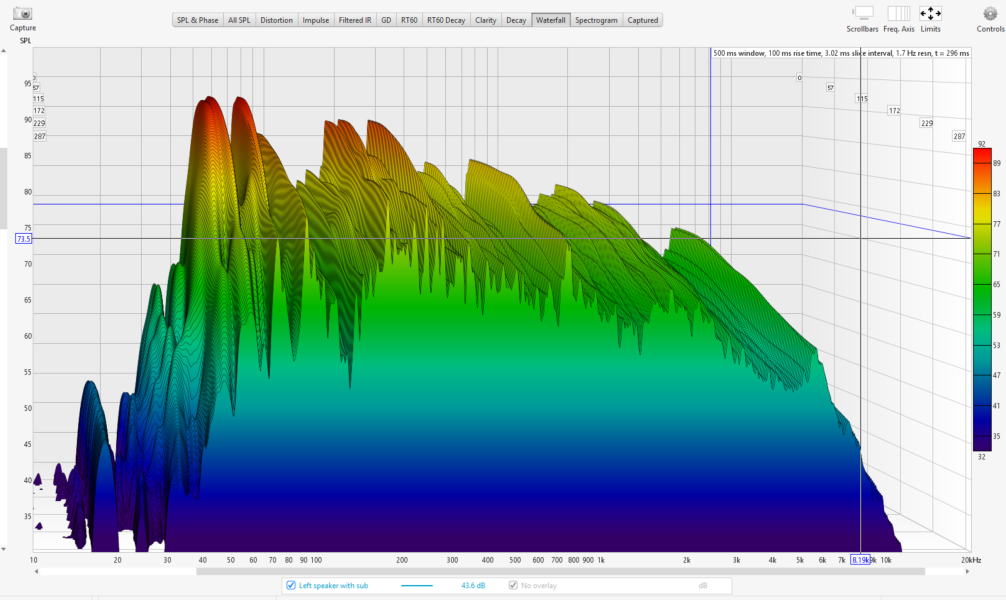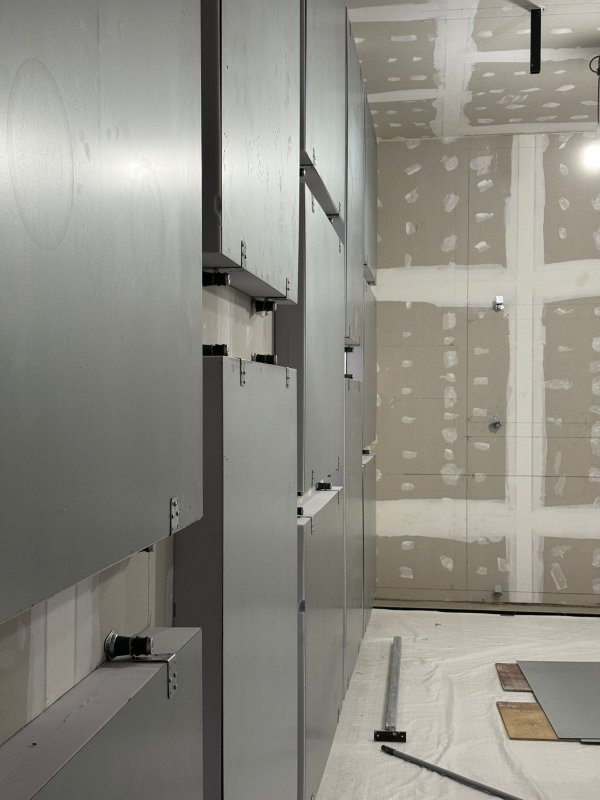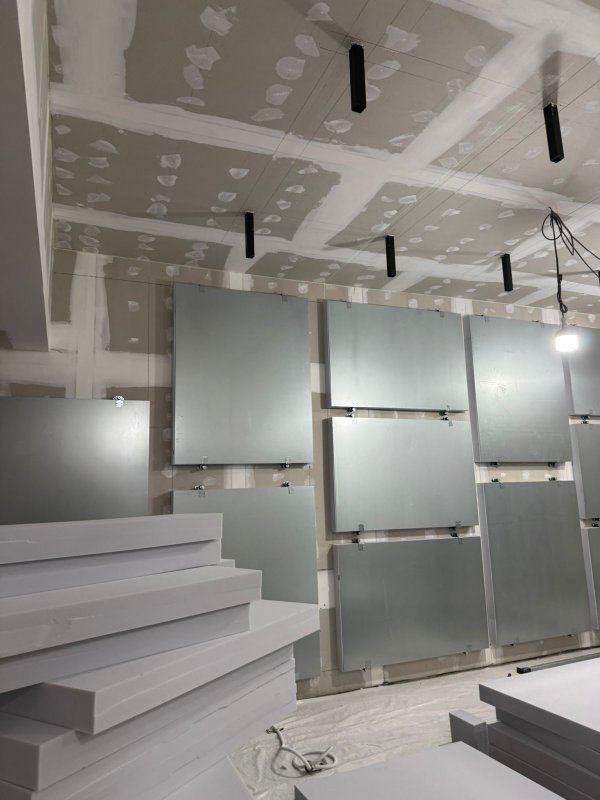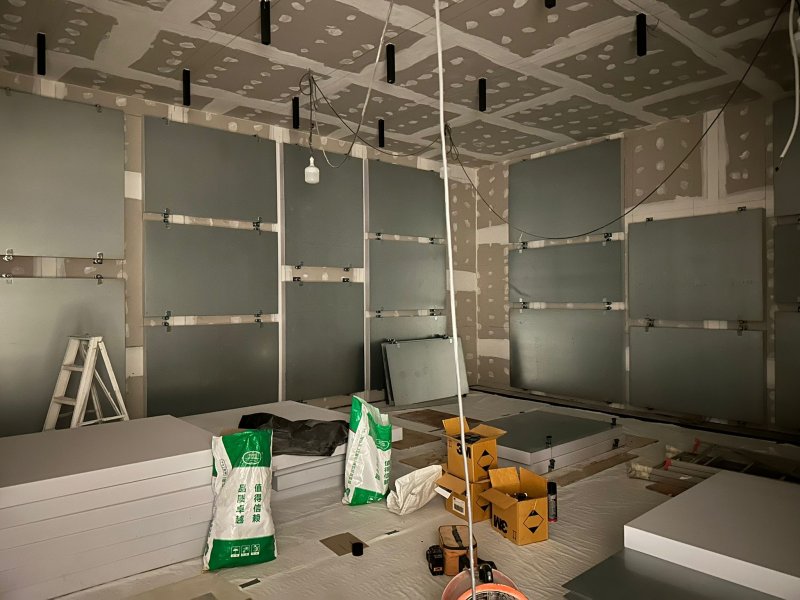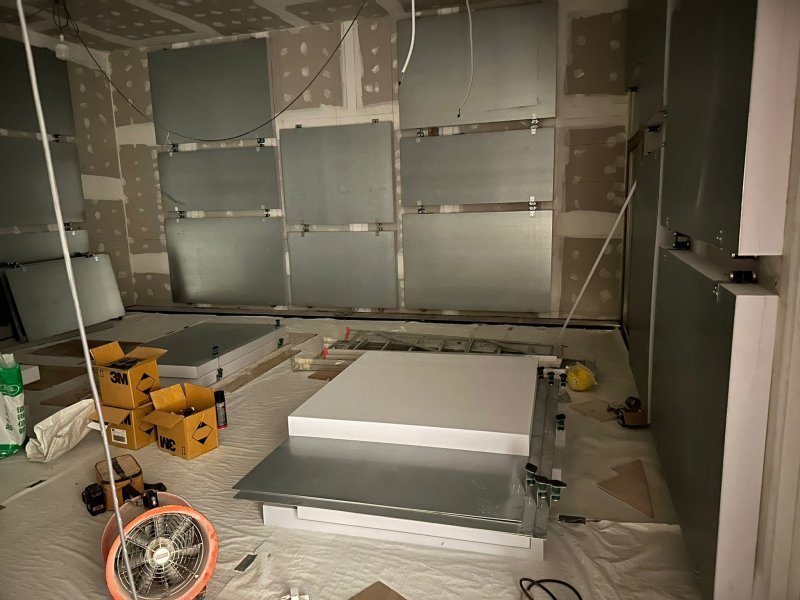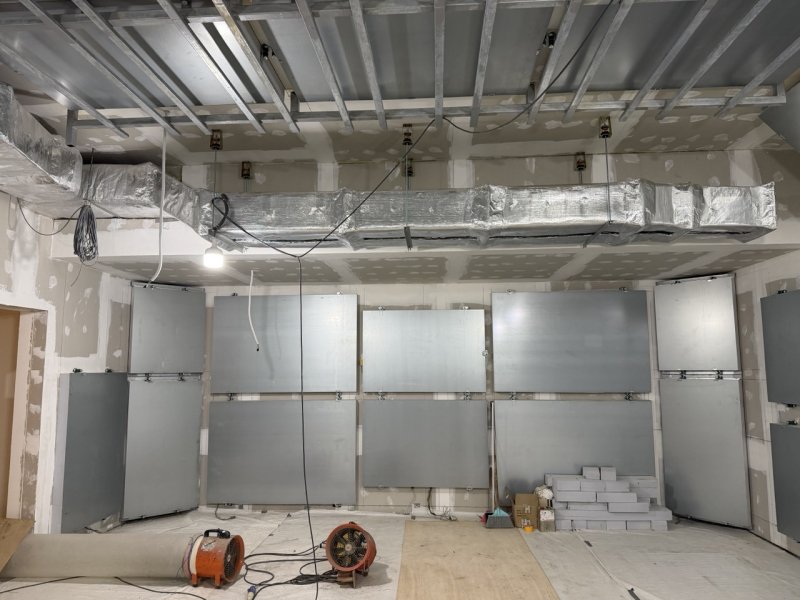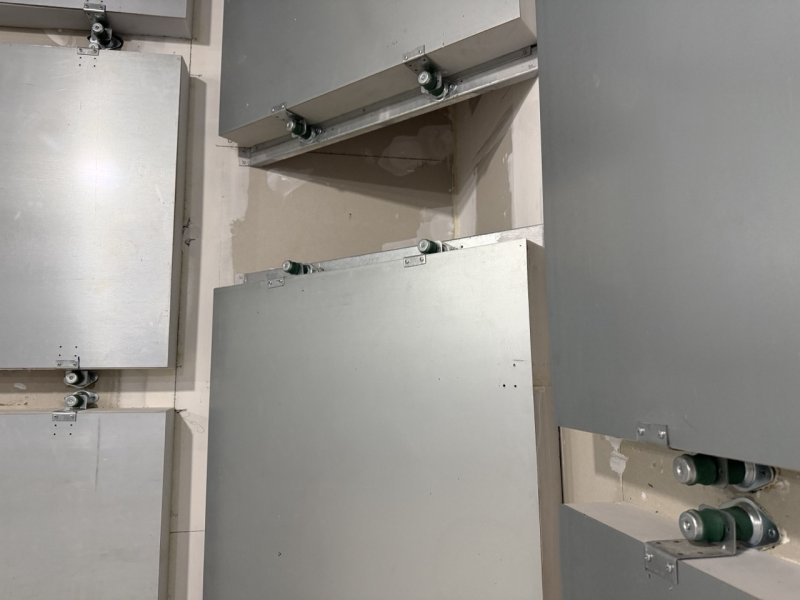Us audiophiles are a special breed, persistently pursuing perfection despite diminishing returns, to reach the asymptotic limits of whatever constraints life imposes on us. Rarely do we have the chance to bust through and quantum-leap into a higher orbit, as we typically run out of energy, resources, and especially, time. During the past 40+ years as an audiophile, this hobby has brought me immense enjoyment and knowledge, always returning far more than the cost... few pursuits are as compelling as this one!
During my search for a new home to move into, the ideal space for a dedicated listening room was a Top Three on my criteria list. When the occasion would present itself, my wife will reveal to our friends the reason our search had dragged on for over a year - my obsession with finding the space for the audio room. How amusing it was when the occasional audiophile acquaintance we'd meet would be in rabid agreement with me.
The long search finally concluded last fall, when we found our dream “home“, a piece of land on which a very old 50+ house stood. Yay, an opportunity to design and rebuild a new home, which of course, must have a dedicated listening room!
I'd like to share my home-building, or more accurately, my dedicated audio room build, with my fellow WBF denizens. The "Big Dig" alludes to the basement in which the audio room will be built, and to fellow-WBF member Hugh, who started a forum thread describing his journey of digging deeply to build his very own dedicated listening room in a ground-breaking and heroic way. Collectively the experience and knowledge of everyone on WBF far exceeds whatever I've had the luck to acquire. Together, I'm hoping that this project will be a satisfying and worthy accomplishment on par with successfully reaching a magnificently higher orbit.
